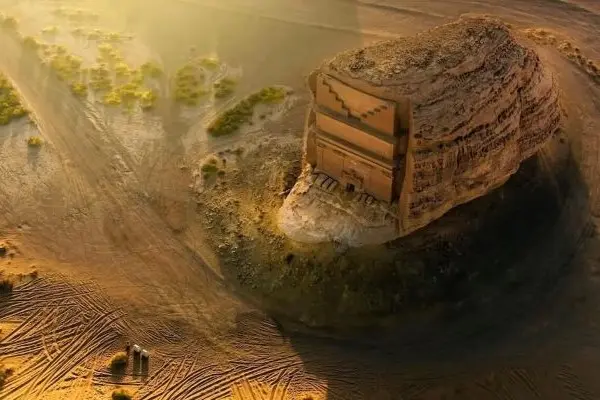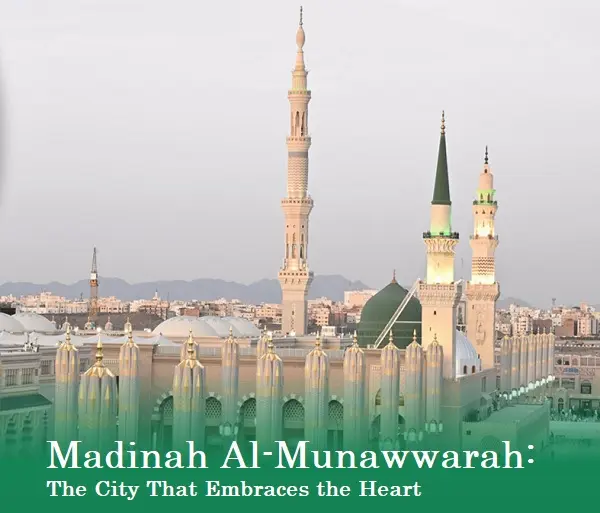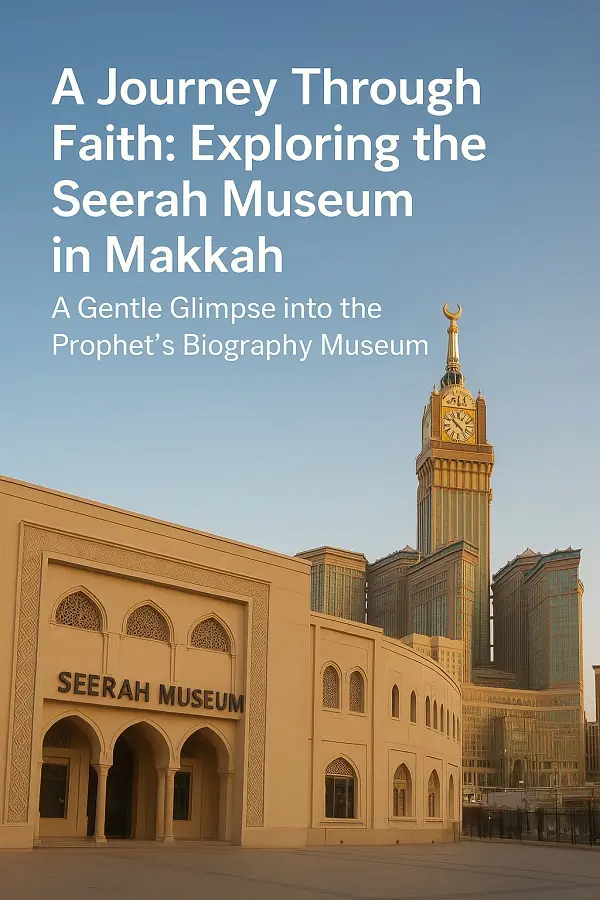Introduction: The Tale of Madain Saleh (Hegra)
Madain Saleh (meaning "Cities of Saleh"), also known as Hegra, is a treasure trove of history, located in the Al-Ula region of northwestern Saudi Arabia.

Recognized as the first UNESCO World Heritage Site in the country, it is often referred to as the sister city of Petra in Jordan due to its striking rock-cut tombs and inscriptions. This ancient site, once the southern capital of the Nabataean Kingdom, offers a fascinating glimpse into the lives of the Nabataeans who ruled the region over 2,000 years ago. For Muslim travelers, this location carries special historical and religious significance.
What is Madain Saleh (Hegra)?
- Historical Background: The Nabataeans, a thriving civilization known for their intricate stone carvings and advanced water management systems, built Hegra around the 1st century AD. It was a vital trade center, linking caravan routes that transported spices, incense, and other goods across the Arabian Peninsula.
- Islamic Perspective: In Islamic tradition, Madain Saleh is associated with the Prophet Saleh (PBUH) and the Thamud people. According to Islamic teachings, the Thamud were punished by Allah for their disobedience and rejection of Prophet Saleh’s message. Thus, visiting the site serves as a reminder of Allahs power and the consequences of defiance.
Important Note: The Hadith on Madain Saleh
According to Islamic teachings, Prophet Muhammad (PBUH) advised Muslims to be cautious when visiting Madain Saleh (Hegra). The Prophet (PBUH) and his companions passed through the area on their way to the Battle of Tabuk, and he gave clear instructions on how to behave at the site of the ancient Thamud ruins.
The hadith states:
"Do not enter the dwellings of those who wronged themselves unless you are weeping, lest what befell them befall you."
– (Sahih Bukhari and Sahih Muslim)
The Prophet (PBUH) discouraged unnecessary visits to the site to avoid any arrogance or disregard toward the fate of those who were destroyed due to their disobedience to Allah.
Guidance for Muslim Visitors
If you decide to visit Hegra, its essential to do so with a sense of humility and reflection on the lessons from history. It’s a reminder of the consequences faced by those who defied Allahs commandments. Make sure to approach the site with respect, stay mindful of the teachings of Islam, and take the opportunity to reflect on the power and mercy of Allah.

Exploring Madain Saleh: What to See

- The Rock-Cut Tombs: The most striking features are the 131 monumental tombs with ornate façades, showcasing the craftsmanship of the Nabataeans. The largest tomb, Qasr al-Farid ("The Lonely Castle"), stands isolated and serves as a testament to Nabataean architecture.

- The Diwan: This is a large rock chamber believed to have been used for gatherings or rituals. It offers insight into the Nabataean way of life.
- Jabal Ithlib: A mountainous area with a narrow passageway known as the "Siq," similar to the famous Siq in Petra, offering picturesque views of the site.

- Inscriptions and Petroglyphs: Throughout the site, you’ll find numerous inscriptions in ancient Nabataean script and drawings depicting animals, people, and everyday life.
Tips for Muslim Travelers
- Reflect on the Lessons: Remember the story of Prophet Saleh (PBUH) and the Thamud. Use this visit as a time for contemplation and spiritual reflection on the consequences of ignoring Allah’s guidance.
- Dress Modestly: As with any visit to a significant historical and religious site, ensure you dress modestly in accordance with Islamic principles.
- Bring a Prayer Mat: Since Madain Saleh is a vast site, you might want to carry a prayer mat to perform your Salah during the visit. Identify the prayer times in advance, as the nearest masjid might be a bit of a distance away.
- Respect the Site: Avoid climbing or defacing any structures. Treat the site with respect, as it’s a place of historical significance and spiritual lessons.
How to Get There
- Location: Madain Saleh is located about 20 km north of Al-Ula, and the easiest way to reach it is by road. It’s approximately a 4-hour drive from Madinah.
- By Air: You can fly to Prince Abdul Majeed Bin Abdulaziz Domestic Airport in Al-Ula from major Saudi cities such as Riyadh or Jeddah. From the airport, its around a 30-minute drive to Madain Saleh.
- By Car: Renting a car or hiring a driver from Al-Ula.
- By Bus: You can take the NWBus service that operates twice daily between Madinah and Al-Ula. The buses depart from Madinah to Al-Ula at 8:00 am and 6:00 pm, and from Al-Ula to Madinah at 1:00 pm and 12:05 am. Upon reaching Al-Ula, you may need to hire a local taxi or engage a tour guide to visit Hegra (Madain Saleh).
Best Time to Visit
The ideal time to explore Madain Saleh is during the cooler months, from October to April. This will allow you to comfortably explore the site without the scorching heat of the desert.
Accommodation and Facilities

- Staying in Al-Ula: Al-Ula offers a range of accommodations, from budget-friendly options to luxurious resorts. Many of these hotels provide guided tours to Madain Saleh.
- Find and book your accommodation through our affiliate links such as HalalBooking, Klook, Expedia or AirAsia Hotel.
- Food: You can find restaurants and cafes in Al-Ula serving a variety of dishes, including local Saudi cuisine. Make sure to try regional delicacies like Kabsa, Mandi, and Mutabbaq.
Find and book your accommodation through our affiliate links such as HalalBooking, Klook, Expedia or AirAsia Hotel.
Other Attractions in the Al-Ula Region

- Al-Ula Old Town: Explore the well-preserved ruins of a centuries-old settlement, complete with mudbrick houses and narrow alleyways.

- Elephant Rock (Jabal AlFil): A natural rock formation that resembles an elephant, located a short drive from Madain Saleh.

- Dadan and Jabal Ikmah: Known as the "open library," Jabal Ikmah features over 500 ancient inscriptions, offering a deeper understanding of the region’s history.
Tips for a Smooth Journey
- Tickets & Permits: You must obtain a permit to visit Madain Saleh, which can be arranged through the Saudi Tourism Authority or your accommodation in Al-Ula. Its advisable to book in advance, as the site is becoming increasingly popular.
- Tour Guides: Consider hiring a tour guide who can provide you with detailed information about the history and significance of the site.
Key Takeaways for Muslim Travelers
- Travel with Reflection: Approach your visit to Madain Saleh with humility and remember the lessons from Islamic history.
- Comfort & Convenience: Wear comfortable shoes, carry water, and protect yourself from the sun, as the area is vast and involves a fair amount of walking.
- Connect Spiritually: Use this journey as a way to connect with Islamic history, gain knowledge, and strengthen your faith.
Conclusion: A Journey Through Time
Madain Saleh (Hegra) is a magnificent testament to the history and culture of the Arabian Peninsula. For Muslim travelers, it’s more than just an archaeological site – it’s a reminder of Allah’s power, the consequences of turning away from His guidance, and the lessons taught by Prophet Saleh (PBUH). A visit here allows you to experience a unique blend of history, spirituality, and natural beauty, making it an unforgettable part of your journey through Saudi Arabia.
Affiliate Disclaimer: Some of the links in this guide are affiliate links, meaning, at no additional cost to you, we may earn a commission if you click through and make a purchase.
Sertai komuniti kami melalui Newsletter.
Terima Kasih
Terima Kasih

#MadainSaleh #Hegra #IslamicHistory #MuslimTraveler #AlUla #SaudiArabiaTravel #UNESCOHeritage #ProphetSaleh #NabataeanKingdom #SpiritualJourney















